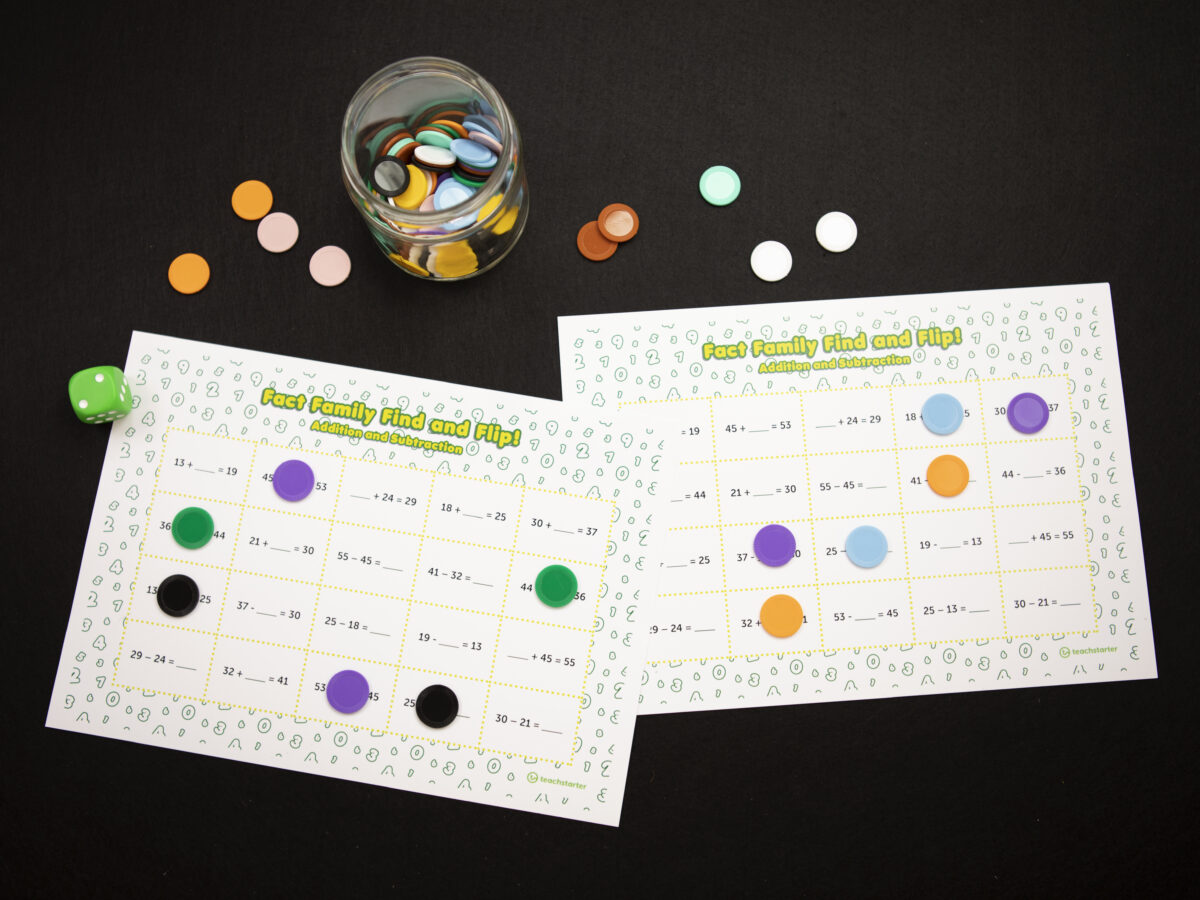Understanding the relationships between numbers is a fundamental aspect of learning mathematics. A ‘fact family’ is a group of related mathematical facts that involve the same set of numbers. In essence, if you know one fact within a family, you can understand others by using basic arithmetic operations like addition and subtraction, or multiplication and division. Fact families are commonly used in primary education to help students recognize these relationships and develop fluency in their mathematical operations.
Teaching resources for fact families typically include colorful charts, engaging worksheets, interactive games, and hands-on activities that assist in making the concept understandable and fun. Educators often employ puzzles that require students to find missing members of a fact family, reinforcing the connections between numbers in a tactile way.
Printable worksheets are particularly widespread as they can be used both in the classroom and as homework assignments. These worksheets often have different sections; some focus on the conceptual understanding while others provide practice drills to enhance speed and accuracy in calculations.
Games are another fantastic tool in teaching fact families. These can range from simple card games where students match different parts of a fact family to more sophisticated digital games that adapt to a student’s level of understanding, providing immediate feedback and progressively challenging tasks.
Teachers also use story-based activities where students create their own stories using given numbers from fact families. This has been shown to help with retention as it adds a narrative element to what might otherwise be rote memorization.
Educators continually seek out innovative teaching resources that engage children with fact families. Several educational websites offer a multitude of resources aligned with curricular standards which teachers can incorporate into their lesson plans. Manipulatives like number tiles or dice can also be integrated into lessons, providing a kinesthetic element to learning fact families.
Professional development workshops on the topic often provide teachers with additional methodologies and tools for presenting fact families effectively, demonstrating how these resources can be tailored to diverse learning environments and student needs.
In summary, teaching resources for fact families cater to a wide range of activities designed to facilitate an understanding of numeric relationships through practice, play, visual aids, and creative storytelling. Teachers leverage these resources to ensure that students grasp this critical mathematical concept which forms the foundation for further studies in mathematics.





